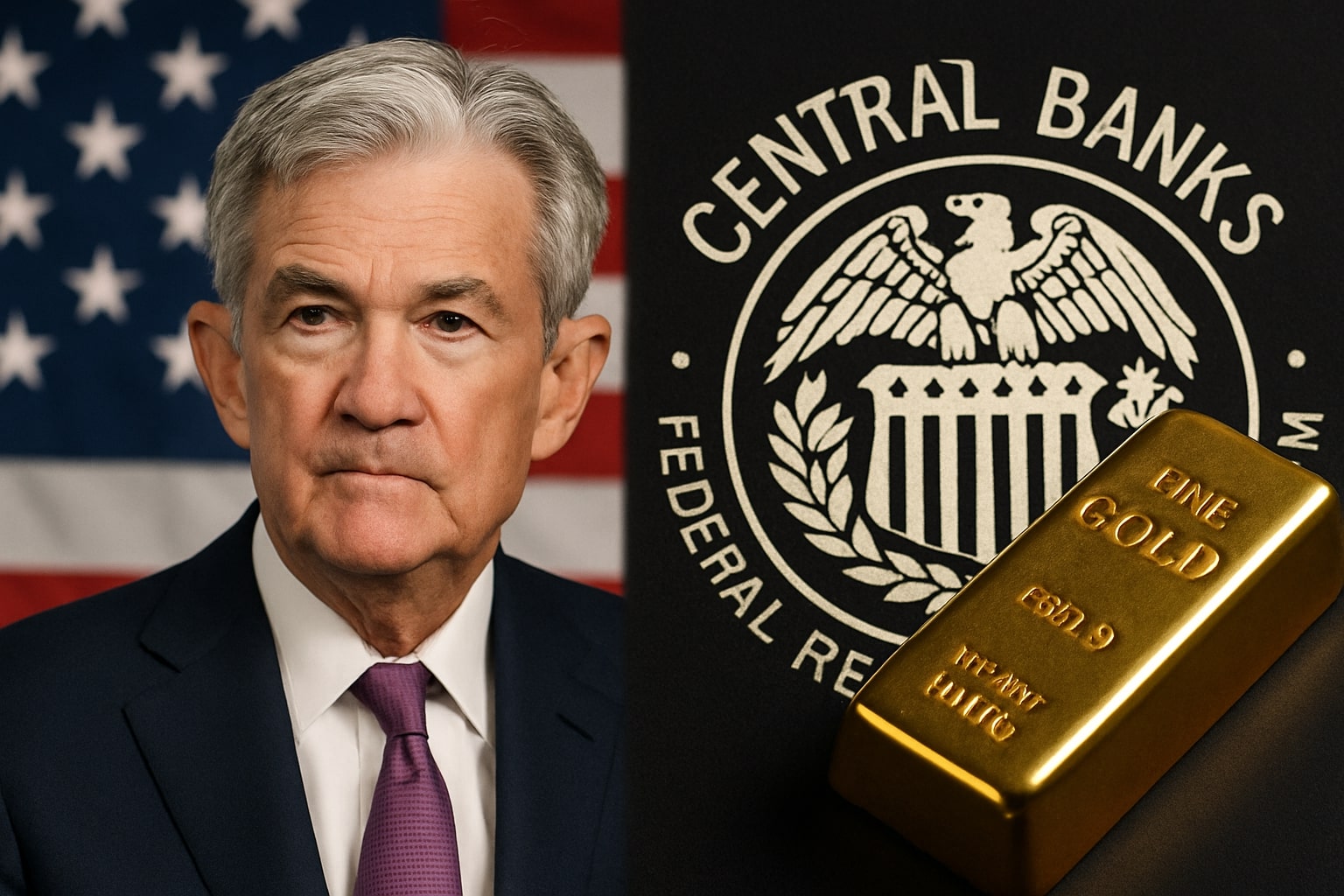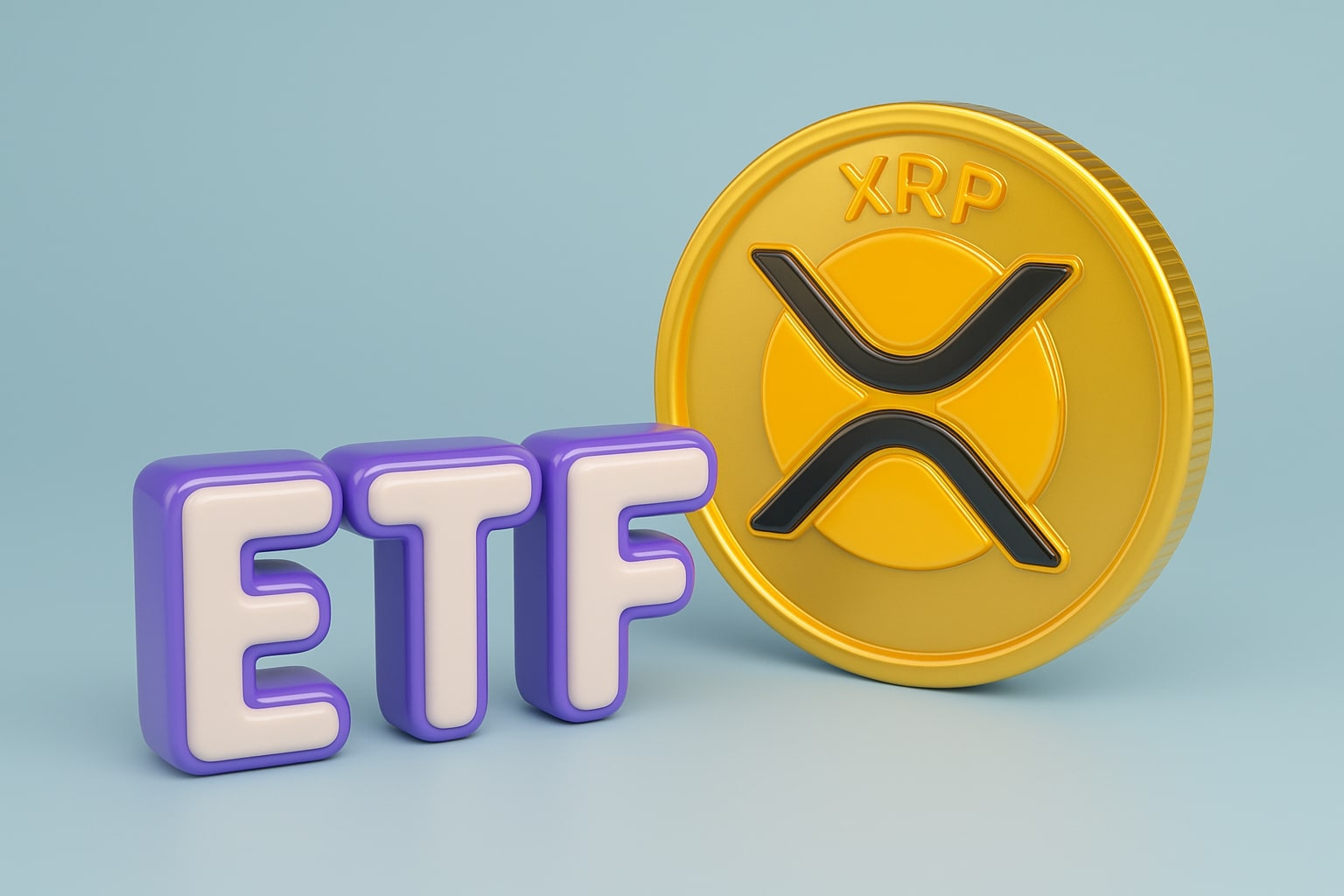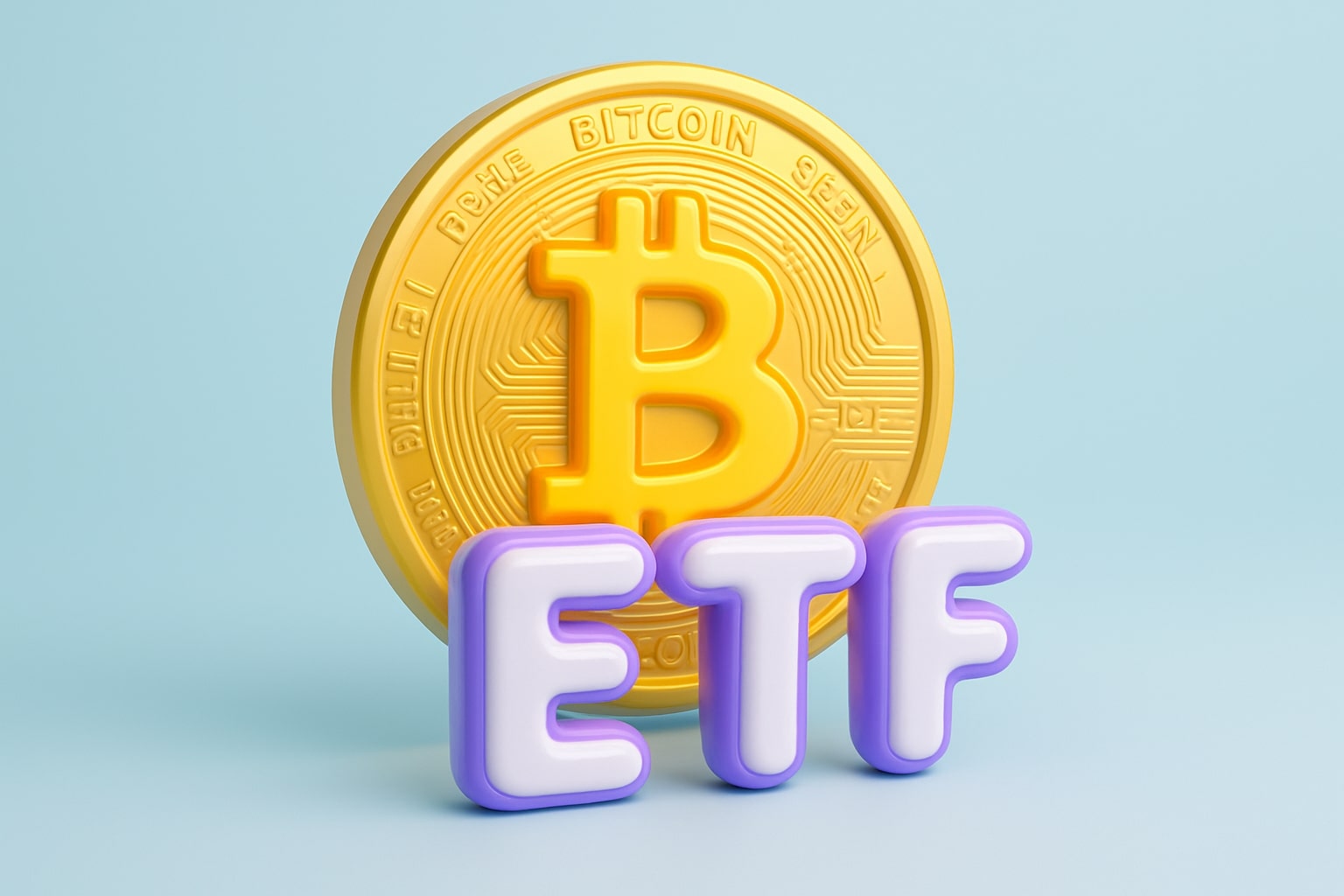
Gold Price Forecast - Soars to $3,940 — Central Banks Hoard 1,650 Tonnes While U.S. Shutdown and $37T Debt Fuel Record Safe-Haven Demand
With XAU/USD up 48% this year, bullion hovers near the $4,000 mark as the U.S. deficit hits 8.7% of GDP, equity valuations stretch to extremes, and ETFs add 3,150 tonnes in holdings. Analysts now target $4,200–$4,500 as the Fed faces data paralysis and global investors flee into gold-backed assets | That's TradingNEWS
Gold (XAU/USD) Surges Toward $3,950 as Investors Confront the U.S. Shutdown, Record Stocks, and Central Bank Hoarding
The gold market has entered one of its most extreme phases in decades, with XAU/USD trading between $3,890 and $3,940 per ounce, extending a 48% year-to-date rally that has transformed 2025 into a historic period for precious metals. The surge, fueled by escalating geopolitical risk, central bank accumulation, and investor hedging against U.S. fiscal instability, has forced even the most optimistic analysts to lift their targets. UBS has raised its 12-month forecast from $3,600 to $4,200, and several trading desks expect bullion to test $4,000 before mid-October if the government shutdown persists. The metal’s relentless rise underscores a paradox in global markets: Wall Street indices are at all-time highs, yet the demand for safe-haven assets has exploded simultaneously.
Dual Rally Confounds Markets: Record Stocks vs. Record Gold
This unusual synchronization of gold strength and equity exuberance is rewriting the traditional risk narrative. The Dow Jones Industrial Average closed at a record 46,758, and the S&P 500 hit 6,715, even as Washington’s paralysis entered its third day. Normally, such rallies would suppress precious metals, but this cycle has defied the rulebook. The contradiction was captured by Rebecca Teltscher of New Haven Asset Management, who said, “Gold is screaming crisis while U.S. equities scream denial.” Canada’s TSX Composite Index, powered by mining and materials, has surged 109% year-to-date, entirely on gold producers. The U.S. story, however, is speculative—driven by AI-linked tech stocks that Teltscher calls “bubble territory,” with price-to-sales ratios exceeding 10x for key constituents. While the Magnificent Seven continue to inflate valuations in the U.S., capital rotation in Canada has become the opposite—out of tech, into hard assets.
Central Banks Accumulate Aggressively, Redefining the Demand Curve
Official-sector buying remains the single most important fundamental driver of gold’s ascent. Global central banks have purchased an estimated 1,650 tonnes so far in 2025, exceeding last year’s record by 17%. The People’s Bank of China added 58 tonnes in September alone, while the Reserve Bank of India and Turkey’s CBRT collectively bought 34 tonnes to strengthen reserves against currency volatility. This coordinated accumulation has reduced available float on global markets, pushing ETF inflows higher and compressing liquidity. Gold-backed ETFs now hold more than 3,150 tonnes, up 11% year-to-date, reversing three consecutive years of net outflows. Analysts attribute this renewed appetite not just to inflation hedging, but to structural shifts in the global financial system: the dollar’s weakening dominance and a growing preference among central banks to hold physical assets over U.S. Treasuries.
Fiscal Anxiety and Political Turbulence Reinforce Safe-Haven Demand
The ongoing budget standoff in Washington has amplified the demand for tangible stores of value. Investors recall that during previous shutdowns, such as in 2018 and 2023, gold advanced an average of 8.3% in the month following government closure. Now, with President Donald Trump engaged in a protracted confrontation with Congress, markets are pricing in the risk of delayed federal payments, interrupted economic data, and potential credit downgrades. The U.S. fiscal deficit has ballooned to 8.7% of GDP, and national debt is approaching $37 trillion, raising fears that future rate cuts could further erode the dollar. The Dollar Index (DXY) has already slipped 0.14% to 97.71, its weakest since 2021. Against this backdrop, gold’s ascent reflects not only risk aversion but also a re-pricing of sovereign credibility.
Mining Equities and Operational Leverage: The Second Wave of the Rally
Gold miners are amplifying bullion’s rise with extraordinary leverage. The S&P/TSX Global Gold Index has doubled in 2025, led by producers like Barrick Gold (NYSE:GOLD), Agnico Eagle Mines (NYSE:AEM), and Newmont Corporation (NYSE:NEM). Barrick has surged 89% year-to-date to $33.60, Agnico Eagle trades near $68.40, up 74%, while Newmont, after a weak 2024, has rebounded 65% to $51.85. Investors have poured billions into Canadian miners, betting that operational leverage will magnify earnings as gold prices approach $4,000. Wesdome Gold Mines (OTC:WDOFF), once considered mid-tier, now sits at the center of analyst debates. Its consensus target price has risen from CA$22.53 to CA$23.84, with the most bullish desks lifting forecasts to CA$25.00 on expectations of higher grade output and better cost control. Meanwhile, Skeena Resources (TSX:SKE) secured $90 million in new financing to advance the Eskay Creek Project, highlighting investor confidence in long-cycle exploration even amid permitting delays.
Read More
-
PFFA ETF Nears $21.50 as Rate Cuts and 9.49% Yield Spark Renewed Demand
29.11.2025 · TradingNEWS ArchiveStocks
-
XRPI and XRPR ETFs Ignite Ripple’s Institutional Rally as Inflows Near $1B and XRP Holds $2.20
29.11.2025 · TradingNEWS ArchiveCrypto
-
Natural Gas Price Forecast - NG=F Blasts to $4.85 as Demand Surge Fuel Multi-Month Breakout
29.11.2025 · TradingNEWS ArchiveCommodities
-
USD/JPY Price Forecast - Yen to Dollar Slides to 156.10 as Yen Strengthens on Fed Cut Expectations
29.11.2025 · TradingNEWS ArchiveForex
The Diverging Analyst Views: Fear, Euphoria, and Exhaustion
Analyst sentiment on gold equities is split between realism and mania. Desjardins and National Bank Financial remain bullish, emphasizing cash-flow expansion at spot prices above $3,800, while RBC Capital Markets warns of “valuation exhaustion” and recently cut its Wesdome target from CA$21 to CA$19.50 after production guidance was revised lower at the Kiena Mine. RBC expects cash costs to rise above US$1,420/oz, narrowing margins despite record prices. Across the sector, projected all-in sustaining costs (AISC) average $1,150, implying roughly $2,700/oz in potential free cash margin — the strongest in two decades. The tension between cost inflation and revenue expansion defines the next phase: companies with strong balance sheets, low debt, and high reserve grades will outperform as weaker peers struggle with labor and energy inflation.
Retail and ETF Flows Mirror Institutional Panic
Retail investors have followed institutions into the gold trade at record pace. Daily turnover in U.S. gold ETFs exceeded $4.6 billion last week, the highest since March 2020. The SPDR Gold Shares (NYSEARCA:GLD) alone added $2.3 billion in inflows over five sessions, lifting total holdings to 964 tonnes. Online bullion dealers report U.S. retail sales up 83% month-over-month, with smaller investors purchasing coins and bars as insurance against political instability. In Asia, demand has also accelerated sharply: China’s physical gold imports via Hong Kong rose 56% in August, while Indian jewelers report festive-season pre-orders up 47% year-on-year. This synchronized demand surge across retail, institutional, and sovereign channels demonstrates that gold’s rise is not speculative—it’s structural.
Macro Shifts: Inflation, Real Yields, and the Federal Reserve’s Bind
With the government shutdown halting official economic data, the Federal Reserve is operating in a policy vacuum. The ISM services index dropped to 50.0, its lowest since 2010, suggesting near-stall growth, while inflation in the services sector continues to accelerate, with prices paid reaching 69.4% on the latest survey. Bond markets are reacting cautiously: the 10-year U.S. Treasury yield remains pinned near 4.12%, but forward swaps imply cuts of up to 75 basis points before mid-2026. Historically, falling real yields have a near-perfect inverse correlation with gold; at present levels, every 25-bps cut translates to roughly $80–$100 upside in the metal. This arithmetic underpins forecasts for gold to break $4,000, particularly if the Fed pivots faster than expected to stabilize financial conditions.
Interplay Between Gold and Digital Assets
While Bitcoin has often been described as “digital gold,” the current cycle has seen both assets advance in tandem rather than compete. Bitcoin’s recent push above $122,000 complements gold’s surge near $3,950, reflecting parallel safe-haven demand from distinct investor classes. Rebecca Teltscher observed that “if crypto weren’t absorbing part of the capital flow, gold would likely already be over $4,100.” This interplay suggests that digital assets may be partially relieving pressure on physical markets, though it also highlights the scale of fear embedded in global portfolios.
Global Supply Strains and Political Risk
Supply disruptions are beginning to reinforce the bullish case. In Mali, the army’s blockade of 70 Allied Gold trucks has halted deliveries amid militant activity, restricting exports from West Africa’s third-largest gold-producing region. In Brazil, G Mining Ventures secured a tax cut reducing its corporate rate to 15.3% from 34%, which will boost profitability but also incentivize production, potentially easing global supply pressure by late 2026. Caledonia Mining (NYSE:CMCL) continues to advance its Bilboes Project in Zimbabwe, targeting 150,000 oz/year output over a decade once fully phased in. These operational updates illustrate that production risk remains geographically concentrated — any further escalation in Africa or Latin America could push prices beyond $4,200 faster than expected.
Gold Market Outlook and Investment Bias
The structural drivers of gold’s rally—monetary uncertainty, fiscal deterioration, central bank hoarding, and geopolitical instability—remain intact. With XAU/USD holding firmly above $3,900, resistance lies at $3,975 and $4,030, while support appears near $3,860 and $3,790. A decisive weekly close above $3,975 would likely trigger algorithmic momentum buying toward $4,100. The broader equity-to-commodity ratio is near its lowest in fifteen years, signaling that metals still trade at relative discounts compared to record equity valuations. The market is thus split between speculative excess in U.S. tech and hard-asset realism in precious metals.
Verdict: BUY (Bullish Bias)
The combination of sustained institutional demand, central bank accumulation, negative real yield trajectory, and geopolitical escalation keeps the gold market firmly in bullish territory. Short-term volatility may appear as profit-taking emerges near $4,000, but the structural path remains upward. With fundamentals converging and technical resistance thinning, gold’s trajectory toward $4,200–$4,500 in early 2026 looks increasingly credible. Investors reducing exposure to overvalued equities may continue reallocating into gold (XAU/USD), confirming the start of a long-term revaluation cycle rather than a short-lived rally.



















